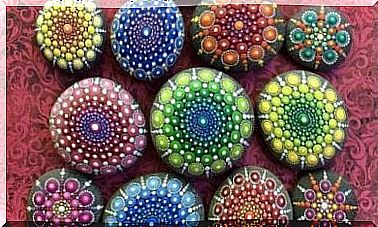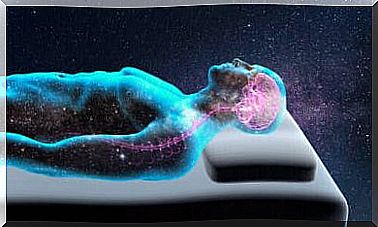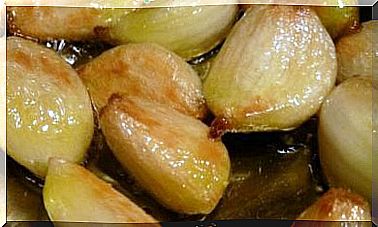5 Diets That Are As Healthy As The Mediterranean Diet
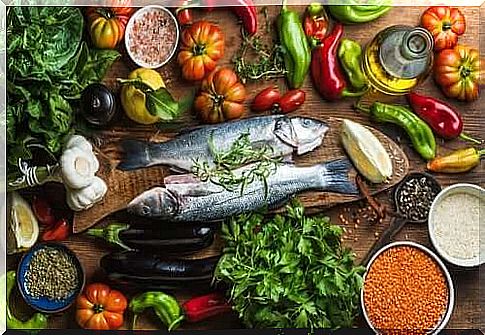
Are you looking for alternative diets? It is often said that the Mediterranean diet is a very healthy diet. In this article you will find five other diets that are just as healthy as the Mediterranean diet.
Five diets that are as healthy as the Mediterranean diet
There are five diets that are as healthy as the Mediterranean diet. Read more about these five diets and their health benefits below. These diets are:
- The Nordic diet
- Paleo diet
- Japanese diet
- Vegetarian diet
- Harvard food pyramid
The Nordic diet
The World Health Organization (WHO) recently praised the benefits of the Nordic diet for the healthy eating habits it promotes. The positive effects of diet are focused on reducing the risk of non-communicable diseases such as cancer, diabetes and many cardiovascular diseases.
This diet is based on foods from Northern European countries: Finland, Sweden, Norway, Denmark and Iceland. At the beginning of 2004, a group of chefs from the Nordic countries came together to develop a so-called new Nordic diet. The aim of this diet is to promote the consumption of local, wild and fresh ingredients to enhance and improve health, gastronomy, sustainable development and Nordic identity.
So what are these foods? The basic ingredients of this diet are:
- Green leafy vegetables
- Fruits and berries
- Whole grains (rye, barley and oats) and legumes
- Fatty fish (herring, mackerel or salmon) several times a week
- Low fat dairy products
- Rapeseed oil
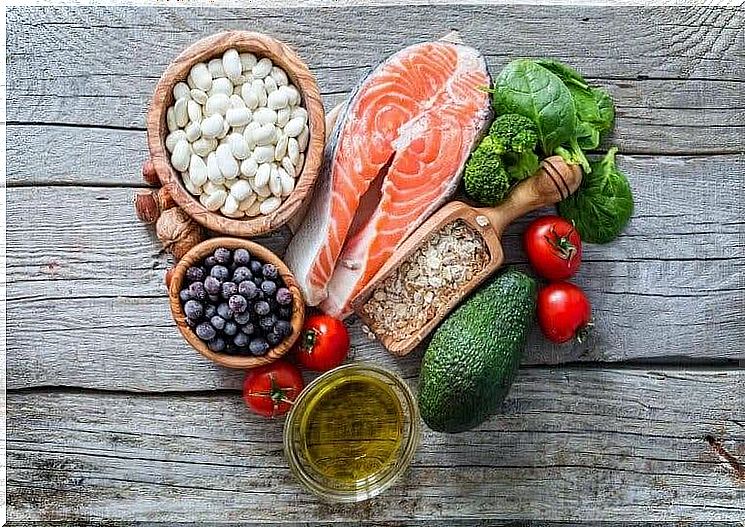
Paleo diet
There is more and more talk about the paleo diet. While the popularity of this diet is gradually increasing in Western countries, it is in fact the traditional diet of some groups of people living in the Amazon rainforest, the African savannah, or certain Pacific islands.
The Paleo-diet, or Paleolithic diet, is a way of eating that takes into account the inheritance and evolution of the human species. This diet is eaten in the same way that our hunting ancestors ate. Therefore, this diet includes:
- Vegetables
- Seeds and nuts
- Fish and seafood
- Meat and offal
- Lay eggs
- Fruit plate
In contrast, this diet is completely devoid of dairy products, gluten and grains. According to medical research, this diet is effective if the goal is to achieve the following:
- Reducing heart health risks
- Reduction of low-grade inflammation
- Weight loss
Japanese diet
The islands of Okinawa are located south of Japan and stand out on the world map not only for their beautiful scenery but also for their longevity and better health. One of the many reasons for longevity on this island is undeniably the Japanese diet. This diet has been studied a lot.
However, these studies are deficient in assessing the effects of the Japanese diet on non-Japanese people. This is perhaps the biggest difference between the Japanese and Mediterranean diets or the Nordic diets.
The Japanese diet includes a large number of the following dishes daily:
- Green leafy vegetables
- Fish and cephalopods, such as squid or octopus, several days a week
- Soy and its derivatives, such as tofu
- Whole grain and sweet potatoes
- Kombu seaweed
Another important feature of the Japanese diet is that it is eaten in small portions several times a day, and each meal has a wide variety of different foods.
Vegetarian diet
The International Vegetarian Federation describes a vegetarian diet as “a diet based on plant-based foods with or without dairy products, eggs and / or honey”.
This means that the diets of vegans, ovo-vegetarians, ovo-lacto-vegetarians, etc. may vary somewhat. However, the basis of all these diets is the same: plant-based ingredients. For this reason, a vegetarian diet is high in foods high in vitamins, minerals and fiber and low in cholesterol and saturated fat.
The many benefits of this diet include:
- Lower risk of high blood pressure
- Lower risk of high cholesterol
- Lower risk of heart problems

Harvard food pyramid
The Harvard Dish Model is a tool created by nutrition experts at the Harvard School of Public Health to aim to guide Americans to make better dietary choices. It’s also a very visual tool that recommends filling half a plate with fruits and vegetables, a quarter with some source of protein, and a second with carbs.
In addition, the Harvard dish model focuses on food quality rather than just quantity. For example, in this diet, it is recommended to eat whole grains instead of bleached flour and drink water instead of soft drinks or energy drinks. In addition, Harvard urges you to avoid low-fat diets and opt for healthy vegetable oils and nuts instead.
Are these five diets comparable to the Mediterranean diet?
All of the mentioned diets have proven to be healthy eating habits. As you can see, they all have important features that are in line with the Mediterranean diet:
- All five diets are based on eating fresh and local produce rich in fiber, vitamins, minerals and phytochemicals.
- These diets also have excellent sources of protein and good fats.
- Under no circumstances do these diets recommend eating products that are highly processed or high in sugar and bleached flour. None of these diets also eat large amounts of red meat or saturated fat.
The traditional Mediterranean diet is the best way to eat for people living in the Mediterranean, as the food is local. A similar diet is still a good choice for those living elsewhere. All you have to do is make sure your diet is well designed and tailored to your own needs and where you live.
Be sure to include plenty of fresh ingredients in your diet, such as olive oil, sardines, nuts or chickpeas. Also, keep in mind that any diet should always be combined with other healthier lifestyles, such as regular exercise.
